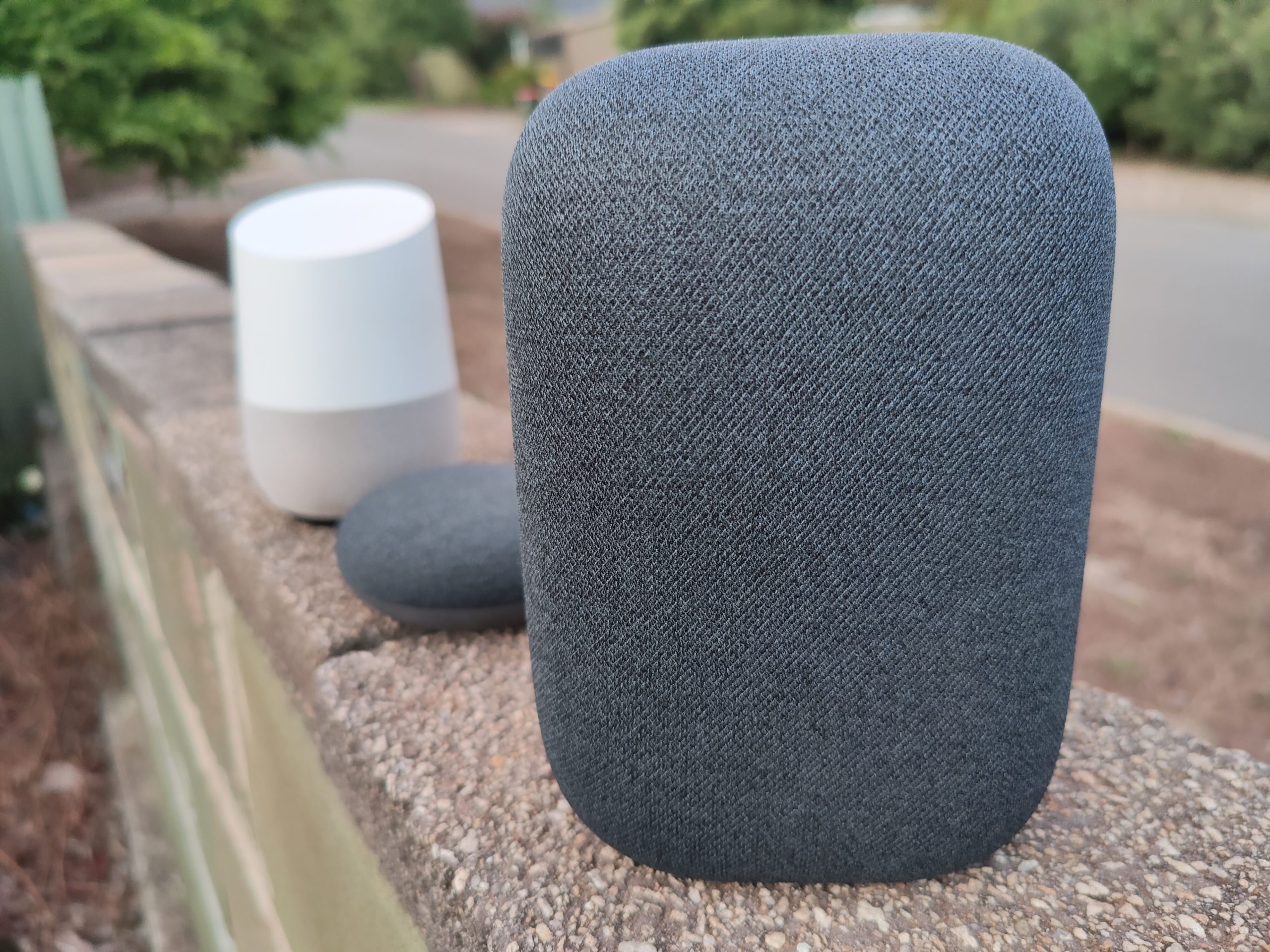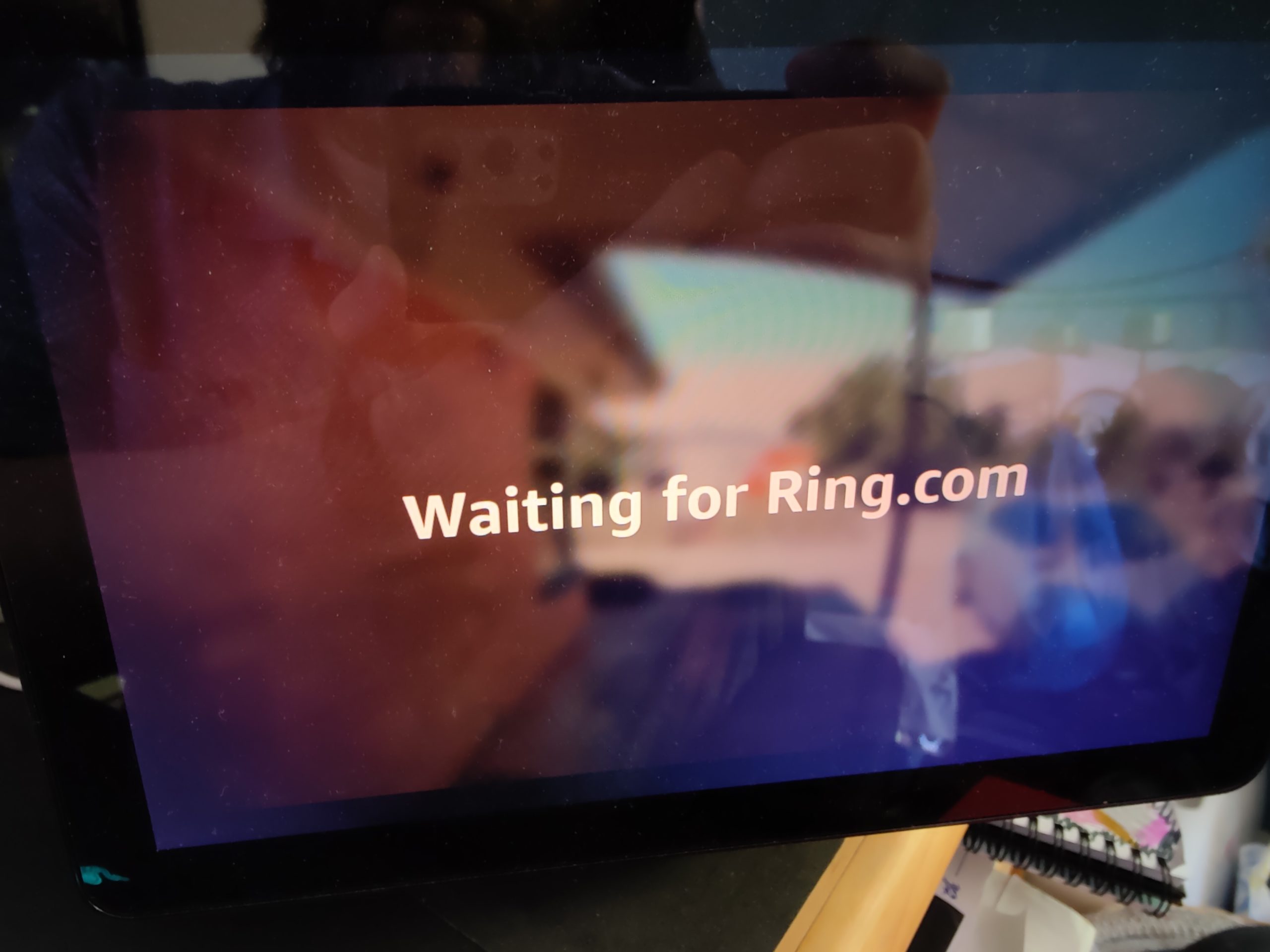The connected world is a wonderful place, but it’s not a single solution world. Last week we took a look at the brand new Echo Show 10 (3rd Gen) which highlighted some really strong points in the platform. When it comes to connected homes, particularly smart speakers and screens there really are only a couple of options Alexa or Google Assistant.
What this did though, was it made me think about the options for smart home assistants and the relative strengths and weaknesses of both. So across the next four weeks, we’re going to take a closer look at how they shape up as individual solutions, perhaps more importantly against each other. To really explore this thoroughly, we need to run through a bit of a reminder on the history of both platforms, their development and the current state of play.
Assistant has lots of Googly goodness
One of the biggest advantages of dealing with the Google ecosystem is, well, it’s Google… They have the clear advantage of all of Google’s systems at hand to deliver services, supports and information to you. At times this is pretty evident in the quick, relevant and — sometimes disturbingly accurate — answers you’ll get to your personal queries.
It started a long time ago when “Allo” launched in 2016 which was the first real glimpse we got of the pathway forward. While it was very cool, thinking about it there was a clear pathway to the future with assistant being the key. AI integration into the app, offering users a simple and single point to gather information and communicate with others. But it has developed so much since then into what we see today.
It’s also very easy to become invested in the singular “Google” platform which makes life very easy. As I have discovered though, it can also become something of jail for your data and access and so; a double-edged sword. But a single point of access for documents, music, videos, messages and general entertainment access (SSO via your Google account) is a very enticing pathway.
Alexa has come such a long way
Alexa originally appeared a little earlier than Assistant in 2014 — Australia got access in 2018 — but unlike Assistant, doesn’t have the abundance of information resources available. This means that there is reliance upon third parties for information flow like Wikipedia and AccuWeather.
For users who are well invested in the Alexa platform, the usual discussion is about home automation. In the early stages of my time with Alexa, I found this to be mostly true but there is a bit more setup required than with Assistant. You’ll need to explore Alexa Skills to find the one for your device (it’s not hard, you’ll be pointed in the right direction automatically) and enable it, then link your account eg. Arlo or Ring cameras before you can use it on Alexa.
I have discovered in the early stages of this assistant shootout, that while Alexa skills are generally pretty good some just don’t work. That’s really frustrating if you’re invested in a particular platform (for example a security camera system) that isn’t working and you’ve made the choice to switch. Two quick and easy examples of this for me are the Reolink Skill and Sensibo which both just cannot log in, leaving me in a seemingly endless loop of login attempts that don’t apply correctly to the Alexa skill.
The cost of changeover
There’s a lot to consider if you’re changing from one platform to another, so it’s not just as simple as “Do I like Alexa more?”. Thankfully though, it’s not as complex with potentially huge hidden costs during the changeover. If you, like I do, have Assistant devices through your home: There is the obvious need to replace all of your speakers which we will explore more next week, but suffice to say; This could total multiple hundred dollars and more!
Then there’s the change of routine from calling out “Alexa” or “Hey Google” to the other and don’t forget your services. If you’re using YouTube Music on Google Assistant you’re forced to consider changing streaming providers or footing another monthly fee. Spotify is the obvious — purely on customer base — option for music, but what about users who watch a lot of YouTube and enjoy the ad-free experience of YouTube Red who then need to make a decision:
- Do I lose the ad-free YouTube Experience?
- Do I pay another subscription fee?
- Do I not use my new “smart” gear to its full potential?
Right now, I don’t have an answer to this quandary but clearly, if you’re changing, or have your life across platforms it’s a balancing act between functionality and costs that you may incur.
The initial impression
Unsurprising to most Ausdroid readers I’m sure, is the fact that I’ve got a lot of Google gear. So the platform is in a state where it just works for me, that’s not to say Alexa won’t work – I’ve got a bit of work to do though. I’ve got the entire house covered by Google Assistant devices so anywhere we are, we can get information, music and control our home appliances. Google has a lot of third party hardware that works really well with Assistant, but generally speaking, Google has a more open platform in terms of using the Assistant.
In multiple areas of my home, I’ve set up Alexa devices, side by side with the nearest matching Google options. For reference, here’s the list of what’s where for the next few weeks:
- My desk: Google Home Hub (1st Gen) next to an Echo Show 8
- Living Room: Google Nest Audio next to an Echo
- Kitchen: Nest Mini next to an Echo Dot
- Bathroom: Google Home next to an Echo Dot with Clock
It’s going to be an interesting few weeks comparing the two major players in the smart assistant space side by side.
What would you like us to try during the next few weeks in order to make a decision on which platform you’ll invest in?









